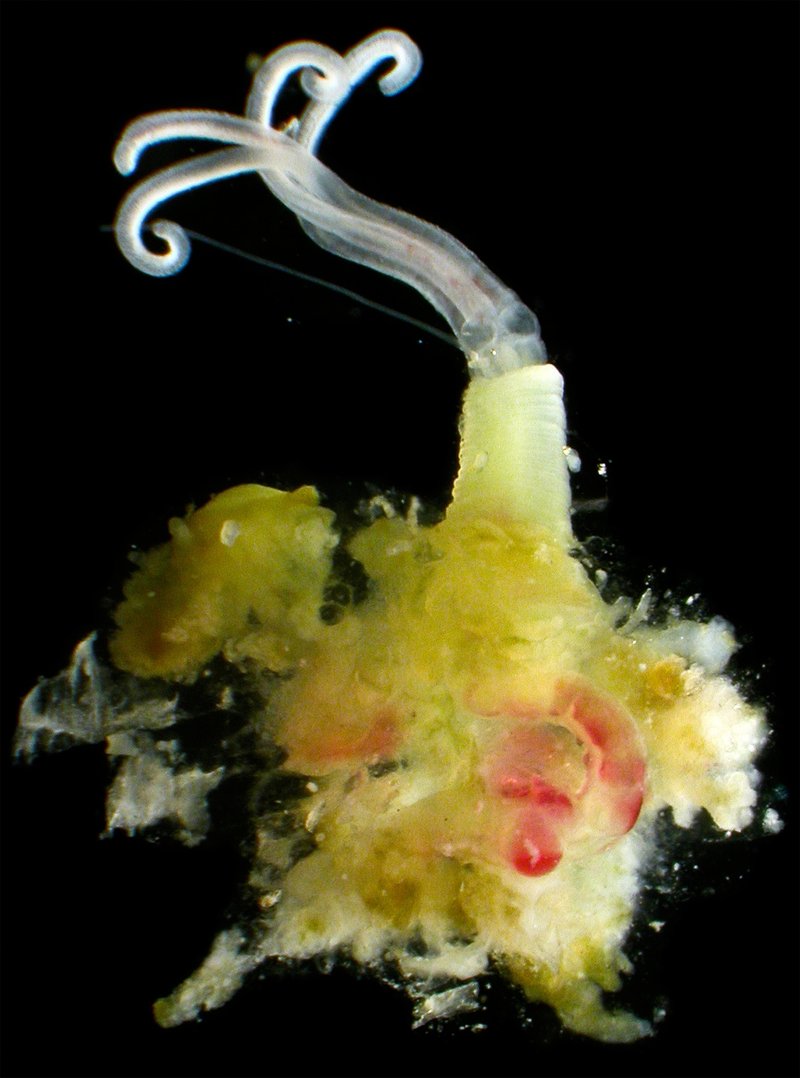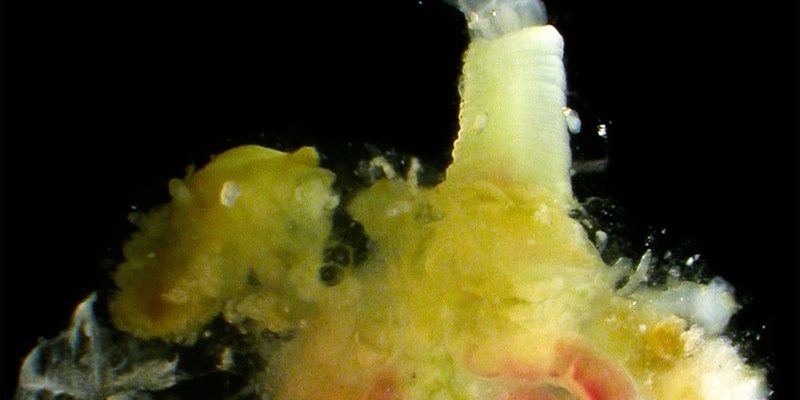
So, how do these little guys help us understand environmental changes? By studying the bone-eating worms and their habitats, researchers can monitor the impact of pollution and climate change. They act as bioindicators—like a smoke alarm for the ocean. If the alarm goes off, we know something’s not quite right. Let’s dive deeper into this intriguing topic and see how we can harness the power of these marine worms for a healthier environment.
What Are Bone-Eating Worms?
Bone-eating worms are a group of marine polychaete worms that thrive in deep-sea environments. They’re named for their unusual diet: they feed on the bones of dead animals that sink to the ocean floor. Think of them as tiny recyclers, breaking down nutrients that would otherwise go to waste.
In fact, these worms have specialized adaptations that allow them to process collagen, a protein found in bones. They secrete enzymes that break down the collagen, feeding on the minerals and organic matter inside. It’s a pretty cool survival strategy, considering that not many organisms have the ability to digest bone!
You might be wondering where you can find these remarkable creatures. They usually hang out in deep-sea ecosystems, often around whale falls or other carcasses. Their presence indicates a localized area rich in nutrients, making it easier for other organisms to thrive.
How Do Bone-Eating Worms Serve as Bioindicators?
Bioindicators are organisms used to assess the health of an environment. Bone-eating worms serve this purpose exceptionally well because they reflect changes in their surroundings. When they thrive, it often signals a healthy environment. Conversely, if they start disappearing or changing in population, it might indicate that something’s off—like pollution or climate change.
One of the key benefits of using bone-eating worms for environmental monitoring is their specific habitat preferences. They thrive in environments that are usually stable. So, if changes occur, such as an increase in toxins or temperature shifts, it can impact their populations. Monitoring these changes helps scientists understand broader environmental issues.
Research has shown that certain species of bone-eating worms can be sensitive to heavy metals and other pollutants. By studying their health and behavior, scientists can gather information about the pollution levels in the ocean. This is crucial for creating effective conservation strategies and protecting marine ecosystems.
The Role of Environmental Monitoring
Environmental monitoring isn’t just about keeping tabs on how things are doing; it’s crucial for making informed decisions. It involves tracking various factors, like water quality, biodiversity, and pollution levels. The inclusion of bone-eating worms in this process can offer valuable insights.
For instance, researchers often sample areas where these worms are found, analyzing their populations and health. By understanding what’s happening to the worms, we can infer how the overall ecosystem is faring. This data can then be used to address pollution sources or habitat destruction.
Honestly, it’s a bit like having a weather forecast for the ocean. Instead of storm clouds, we’re looking at the condition of marine life. By keeping a close eye on bioindicators like bone-eating worms, we can better prepare for environmental changes before they escalate.
Research Applications of Bone-Eating Worms
The study of bone-eating worms is gaining traction in research circles. Scientists are using them to assess different factors, including *ocean acidification* and *climate change impacts*. By monitoring how these worms respond to various environmental stressors, researchers can gain insights into broader ecological shifts.
For example, studies have shown that bone-eating worms thrive in areas rich in organic matter but may struggle in environments heavily impacted by pollution. Understanding these patterns helps scientists predict how marine ecosystems will respond to ongoing changes, allowing policymakers to enact protective measures.
Additionally, the research around these worms is valuable not just for marine health, but also for the fishing industry. Healthy marine ecosystems support fisheries, and monitoring bone-eating worm populations can provide early warnings for fishery declines.
The Future of Bioindicators in Environmental Science
As our understanding of marine environments deepens, the role of bioindicators like bone-eating worms will become increasingly important. They offer a window into understanding how human activities affect the ocean, especially in the face of climate change.
The future may see scientists integrating advanced technologies, such as *DNA barcoding* and *genomic sequencing*, to study these worms more effectively. By analyzing their genetic material, researchers can learn more about their populations and health, leading to better conservation strategies.
Moreover, as more marine scientists become aware of the importance of these worms, we could see expanded programs focused on marine monitoring systems. By creating networks of sites where these bioindicators are monitored, we can gather significant data over time.
Bone-eating worms may seem like an unlikely hero in environmental science, but their role as bioindicators is crucial. They help scientists understand the health of ocean ecosystems, offering valuable insights into pollution and climate change. As we continue to explore these fascinating creatures, we’ll be better equipped to tackle environmental challenges.
So, next time you think about marine life, remember the humble bone-eating worm. They’re not just munching on bones; they’re helping us keep a finger on the pulse of our oceans. And that’s a pretty remarkable thing!

